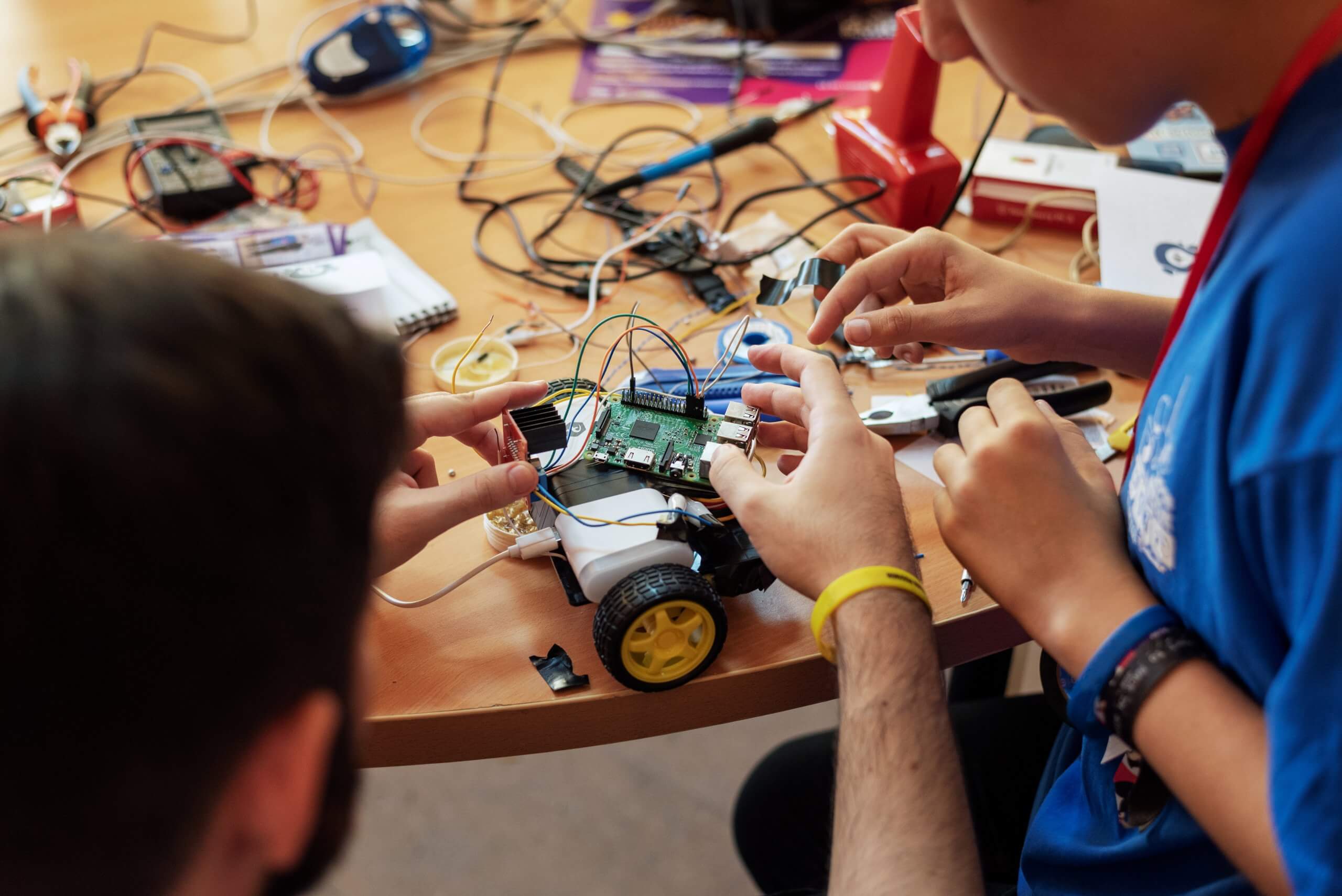Prepare Your Students for Careers with Community-based Learning
Students learn effectively when they’re introduced to new topics through various teaching methods. These include using multimodal learning styles into your curriculum, flipping the classroom, and connecting students with apprenticeships.
One of the newest ways educators are enhancing their CTE programs is with community-based learning. It prepares students for careers with support from professionals and companies located in your community.
What is community-based learning?
Community-based learning is not community service. Community-based learning is a pedagogical strategy, meaning the goal is to engage students through challenging work. It integrates real-world experiences in the classroom by incorporating the community and environment into the teaching approach—this can be done in many ways.

How do students benefit from community-based learning?
Community-based learning helps students get clear perspectives about their interests, strengths, and talents. It enhances students’ academic learning, promotes career-readiness, and builds their soft-skills – all very important when choosing a future career.
Through community-based learning, educators help students connect with their peers, professionals in the community, and local companies. This approach is ambitious but is worthwhile.
What are some community-based learning examples?
Using community-based learning is easier when you have a plan. To get started, decide which approach you want to take.
Here are 3 common strategies you can use to incorporate community-based learning into your CTE program.
- Community Integration: Invite community members to lead a class and mentor students. For example, plan trips to a local manufacturing plant so students can see real-world examples of what they’re learning in the classroom.
- Service Learning: Students participate in a sustained activity over a specific amount of time to gain in-depth knowledge and experience. For example, The $300 House Challenge allows students to work toward solving homelessness through engineering by constructing a home design for under $300.
- Community Participation: Students research and identify a community need, then work with their community partners to outline the service project. Like our previous example, students can research the homelessness problem in their community and drafted a plan for its execution.
READ MORE: How this School District Prepares Students for Careers by Connecting Them to Local Industries
How can you get the community involved?
Bridging the gap between schools and local leaders is critical for community-based learning.
Here are 4 simple and effective ways to get organizations involved:
- Build Relationships: Ask local businesses to help sponsor your events, robotics competitions, scholarships, grants, fundraisers, and supply donations. Most companies have a budget for this!
- Host a Summer or Winter Program: Keep students engaged during their breaks with fun project-based assignments. Invite local businesses to supply a venue for programs.

- Local Field Trips: Take students on outings to local facilities for free tours and events to get a firsthand look at what a day in the life looks like.
- Career Connections: Employers generate a pipeline to job fulfillment with internships and apprenticeships available for students.
How can you use SolidProfessor in community-based learning?
We understand that incorporating several teaching methods into your curriculum is key to teaching effectively.
Using SolidProfessor in community-based learning will put your students on the path of success and career-readiness.
Here are ways to enhance your curriculum:
- Enhance Project-based Learning: Use SolidProfessor’s guided exercises and practices that are built into each online course.
- Develop More Advanced Skills: Improve your student’s skills with over 400 courses available on SolidProfessor.
- Further Their Career-readiness: Guide students closer to career-readiness by helping them earn industry-recognized credentials (IRCs) with certification prep courses.
























